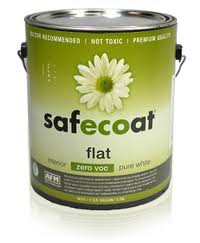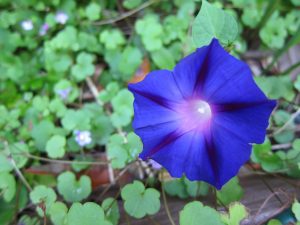
These are “things” that I care deeply about and that I believe truly matter and are worth standing up for, protecting, and supporting (in addition to one’s own circles of friends, family, and community):
– A life-sustaining climate
– Clean (unpolluted) air, water, soil/land, and food
– Democracy
– Equality
– Liberty, self-determination, bodily autonomy, reproductive choice
– Truth, facts
– Justice, fairness, accountability
– Human rights, civil rights, voting rights, women’s rights, reproductive rights, indigenous rights/sovereignty
– Animal rights
– Wild lands, healthy ecosystems, natural habitat, biodiversity, wildlife, endangered species, rights of nature
– Disabled, ill, vulnerable, afflicted, homeless, or impoverished people
– Empathy, compassion, kindness, mercy (without borders)
– Reducing unnecessary suffering
– Non-violence; non-violent protest and dissent; de-escalation of conflict
– Basic decency and respect: the Golden Rule (“Do unto others…”)
– Integrity, ethics, courage
– Dignity, self-restraint, magnanimity, humility
– Public health protections, and affordable, universal healthcare (including mental healthcare)
– A free/independent press; investigative journalism; an informed citizenry
– Science; and science-based, evidence-based policy and decision-making
– Education, critical thinking, reason, wisdom
– The Common Good
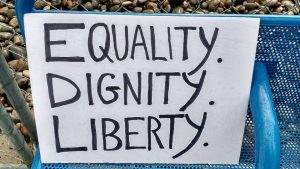 I recommend giving some real thought to your own values and priorities (and desired legacy), and sharing your own mini-manifesto or values/mission statement with others.
I recommend giving some real thought to your own values and priorities (and desired legacy), and sharing your own mini-manifesto or values/mission statement with others.
As Elie Wiesel so wisely said:
“I swore never to be silent whenever and wherever human beings endure suffering… We must take sides. Neutrality helps the oppressor, never the victim. Silence encourages the tormentor, never the tormented.”
It’s important for people to show and tell other people what they stand for and will stand up for (and not only the things we stand against).
That said, the opposite of many of the things listed above are things that I stand against, e.g.,:
pollution; the production, use, and dumping of toxins and toxic waste (including nuclear); fossil fuel extraction and burning; authoritarianism, fascism, white supremacy/nationalism, theocracy; hatred, dehumanization, discrimination, racism, sexism, misogyny, patriarchy, anti-semitism, Islamophobia, homophobia; extreme income inequality, exploitation, unequal pay; scapegoating (e.g., of immigrants, people of color, and poor people); violence (including child abuse, domestic violence, violence against women, violence against protestors), war-mongering; police brutality, excessive force, abuse of power, mass incarceration, discriminatory judicial decisions and sentencing, victim blaming; corruption, greed, oligarchy, predatory and exploitative capitalism, money hoarding, wealth redistribution from the poor and middle class to the wealthy, materialism and over-consumption, industry (private profit-driven) influence/control over policies, regulations, and laws; selfish individualism and personal entitlement at the expense of the health or well-being of others (e.g., neighbors, humanity, future generations, other species, etc.); gerrymandering, voter suppression and disenfranchisement, election hacking and fraud, ballot tampering; propaganda, lying, disinformation, misinformation, “information warfare,” smears, anti-science sentiment and policy, disproven conspiracy theories, paranoia, fear-mongering, denial of facts, willful/proud ignorance, hypocrisy, trolls, tabloids, sensationalist media; portraying/covering politics and elections as a game, sport, horse race, or entertainment; harassment, bullying, humiliation, ridicule, personal attacks; animal cruelty, exploitation and commodification, poaching, poisoning, habitat destruction, over-hunting; human supremacy; the contamination and depletion of natural resources.
-ML
NEW: Posts related to Democracy, Voting, Elections, Social Change

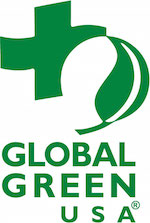

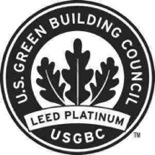 I recently added newly certified Platinum-rated projects (buildings, homes, offices, and stores) to my online listing of
I recently added newly certified Platinum-rated projects (buildings, homes, offices, and stores) to my online listing of 